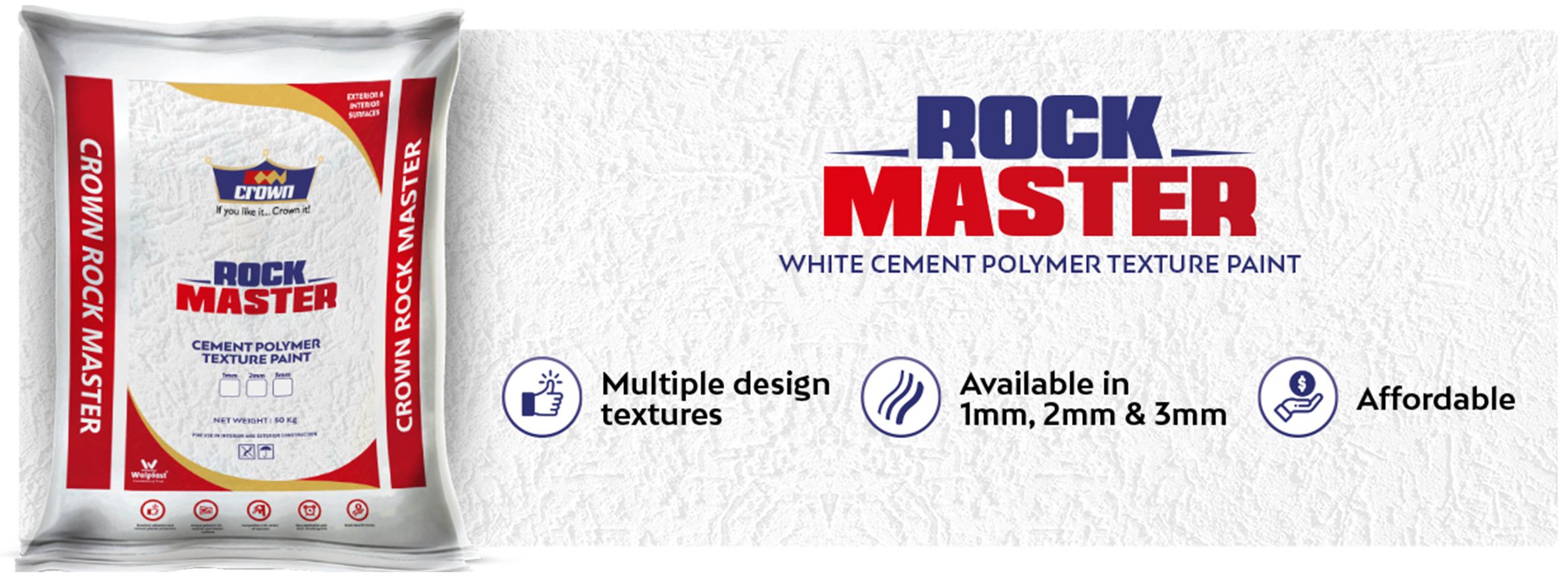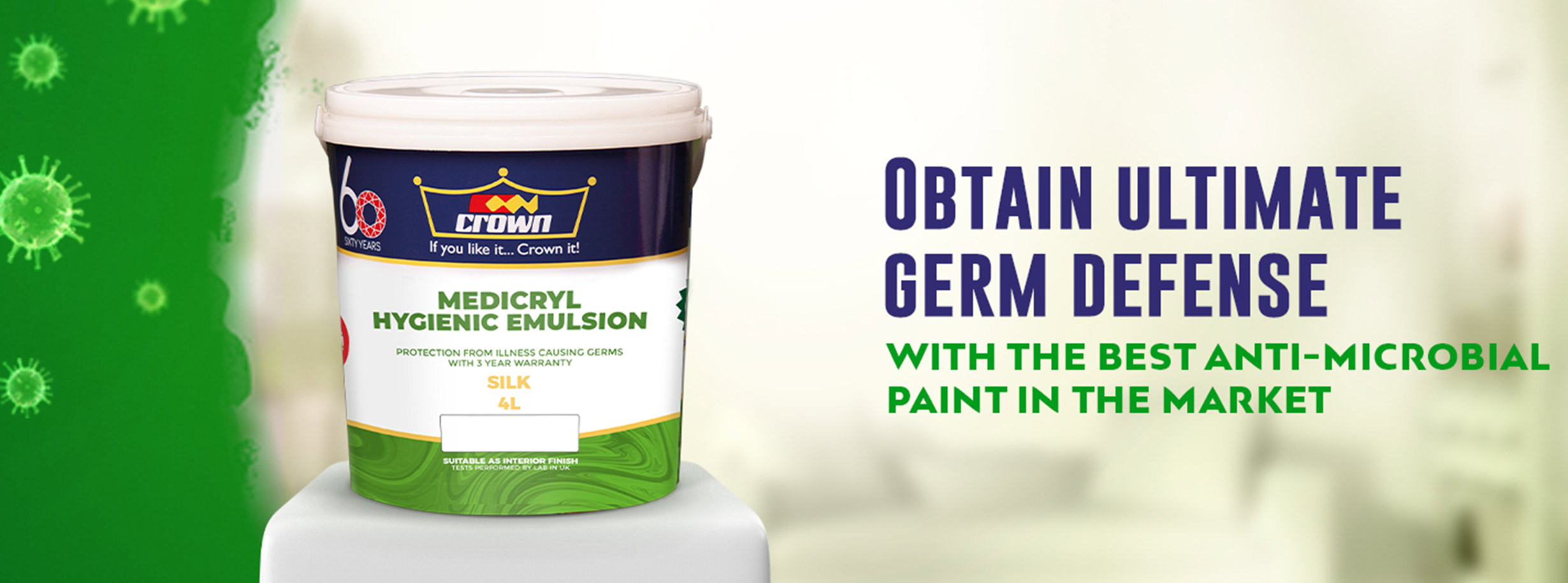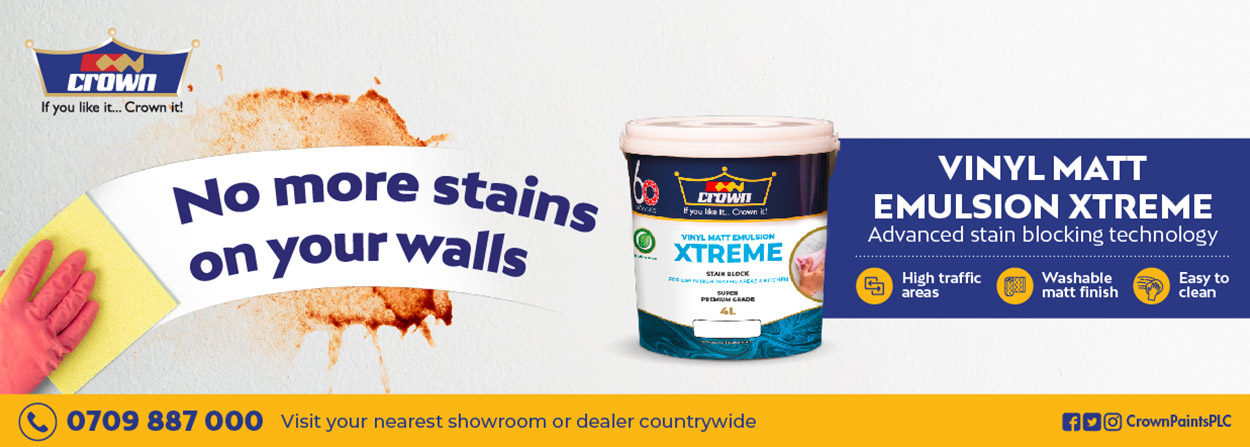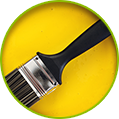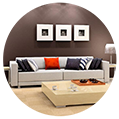

Latest News:
- Crown Paints Presents Prize Giving Award to UON Students
- Crown Paints and Aspira partner to roll out credit facility for paint customers
- Crown Paints partners with Women 4 Cancer to sensitize lady painters
- Crown Paints invests Ksh 10m in Mombasa showrooms to grow market share
- Crown Paints Eyes Experiential Showrooms to Grow Market
- Crown Paints Receives Triple ISO Certification
- Crown Paints gives Muugano Police Station (currently Githunguri Police Post) a facelift
- Crown Paints Launches Team Kubwa SACCO, the First-Ever Savings and Credit Union for Painters in East Africa
- Crown Paints launch hand sanitizer with 84% alcohol
- Crown Paints launch online store for convenience
- Team Kubwa now offers instant rewards shopping vouchers, airtime and KPLC tokens
OUR SERVICES

COLOUR CHART
Choose from a palette of available colours to aid the selection of colours
CROWN COLOR CHART
NEWS AT A GLANCE
11 Dec 2024


Crown Paints Sponsors AAK Presidential Dinner: Leading the Charge in the Built Environment
READ MORE
02 Dec 2024
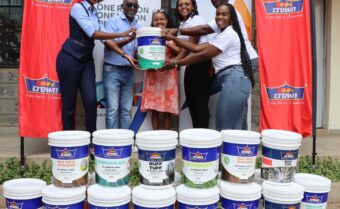

Crown’s CSR Partnership with ADILI Consultants: Transforming St. Paul’s Children’s Center
READ MORE
18 Nov 2024


Crown Paints Donates Ksh 50,000 To Starehe Boys’ Centre & School For Repainting Project
READ MORE
03 Oct 2024


Strengthening Community Safety: A Grateful Acknowledgment from Angata Sugar Mills Ltd
READ MORE
01 Jul 2024
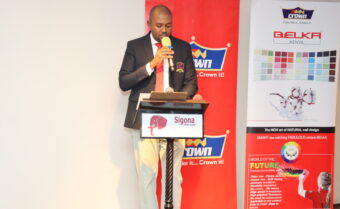

Celebrating Excellence and Community: Recap of the ‘You Deserve a Crown’ Golf Tournament 2024
READ MORE
10 Jun 2024


